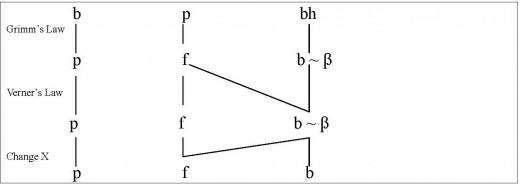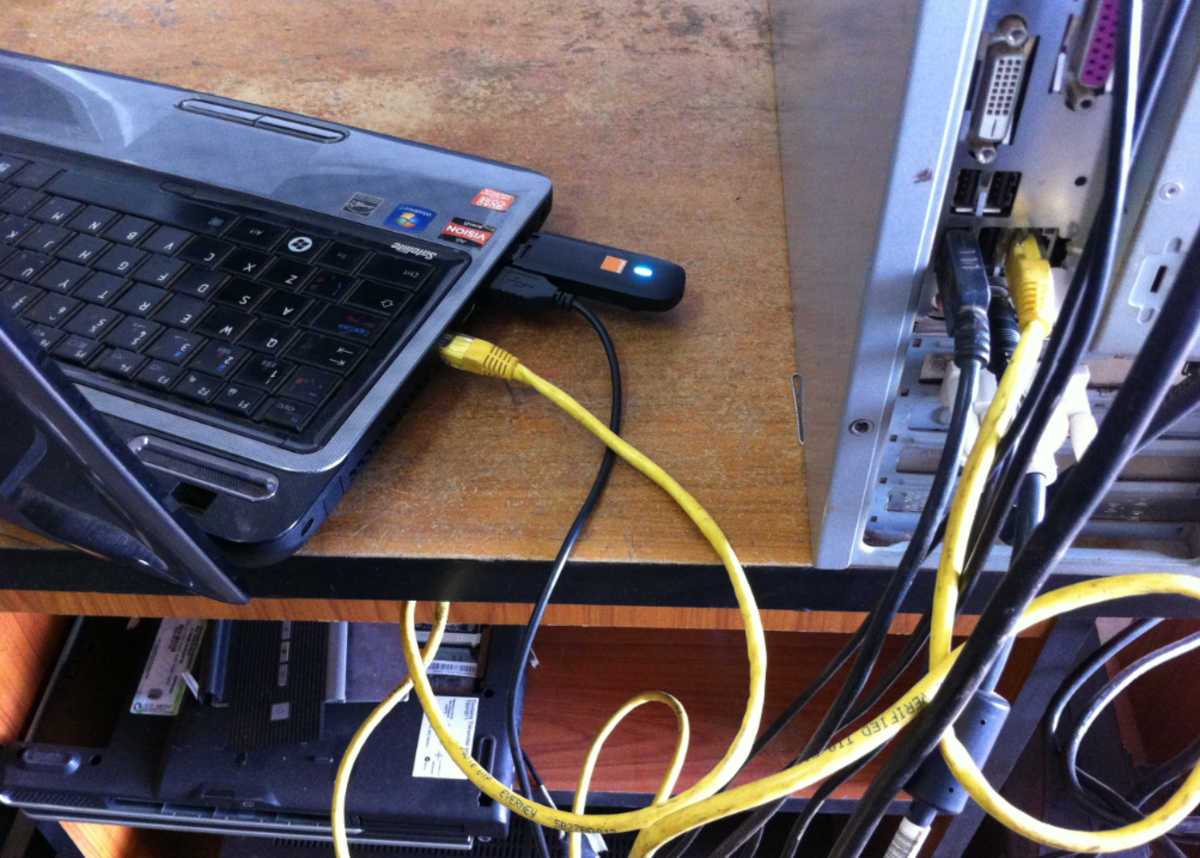- HubPages»
- Technology»
- Computers & Software»
- Computer Software
The Problem of Universal Compatibility in Word Processing

My friend June and I are working on a linguistics book whose title is Cycles in Language. The general point that we make in this book is that the more language changes, the more it stays the same. There are cycles that all languages go through, and the changes can seem really significant, unless you take the long view and see how, by an application of the same principles of change over and over again, we come back to results that are similar to the starting point.
However, this hub is not about language change. It is about cycles in word processing. It is about how to deal with the fact that no word processing program seems to work the same on every computer. It is about saving a file and thinking you had all that work to draw upon later, only to find that the march of progress has rendered your file obsolete. It's also about how to get around this problem.
Back in 2003, June and I completed a first draft of our book, and we sent it around for our colleagues to comment upon. We received a lot of good comments and some excellent suggestions on how to make the book better.
And then we got very busy with other things. I had a chimpanzee riding on my back. June had a new baby. Time went by. We didn't revise the book, because we were too busy.
This summer, we both felt we had a little time to work on it. So we took out the old files, planning to re-write. The only problem is, five years have gone by, and neither of us is working on the same computer.
Back when we created the pdf file, both June and I had computers whose operating system was MSWindows for Taiwan. (My version was the Millenium Edition.) The commands and the public folders were all labeled in Chinese. There was a language option that toggled between Chinese and English for input. In addition to all that, I had installed a Hebrew font in my file folder, and June had done the same in hers. We also both used IPA fonts for phonetic symbols. The original document was created in MSWord.
As we sent out sample chapters for review, we learned that no two people saw the same thing when they viewed the doc file on their computer. This was not due to the fonts. We could send the fonts we used to the recipient of the file with instructions to install them in their font folder. Even after installing the fonts, the file did not appear the same on their screen as it did on ours. There were subtle differences of alignment and fixed versus variable pitch that made figures and tables particularly problematic.
For this reason, I purchased Adobe 6.0, in the hopes that converting to pdf would solve all the incompatibility problems that plagued us in MSWord.
In pdf, what you see is what you get, no matter what the operating system of the recipient of the file. Using Adobe 6.0, we were sure we knew what others would see.
Unfortunately, for some reason Adobe 6.0 would not install on my old computer, so we installed it on June's, instead, and converted the files from there. By now I have Adobe 6.0 installed on my current computer as well. When we started revising the manuscript this summer, I had no real difficulty converting the first two chapters from the old pdf files I had to MSWord docs in my current computer. There was no option to edit in pdf, but it was not a big problem, because the files were mostly straight narrative in English, with no foreign examples and no tables. These were just introductory chapters that discussed broad theoretical issues.
The real trouble began with Chapter 3.
One of our commentators had suggested that we move the general examples about language change from Chapter 8 to Chapter 3. This was a good suggestion, and theoretically it should have cost us almost no effort to adopt it. Just change the name of the chapter and some of the section numbers, and in a few other places smooth over dysfluencies involving reference to what used to be earlier chapters, but now will be later chapters.
However, once I converted from pdf to Microsoft Word, what I saw was a mess. IPA fonts and Chinese characters and Hebrew letters were completely absent. Tables were out of alignment, and figures were in shambles. Even the diagram of a clock marking the cycling of linguistic typologies -- a figure with no foreign inscriptions and no phonetic symbols-- came out completely wrong.
Converting to MSWord had revived all the problems we had had that drove us to pdf in the first place. I didn't want to deal with that mess in Word. I wanted to edit the file in pdf, and never take it out of pdf.
Link for Cutewriter pdf download
Link for pdf995 downloads
I posted a request on hubpages, to which I got two responses. One involved cutewriter pdf and the installation of fonts. The other was about converters. Meanwhile, June had some parallel advice.
June said I should use cutewriter pdf in my old computer, so that I could create a pdf file from the old MSWord file on the old computer, which looked the way it was supposed to. However, the old computer had a burned out modem, and no way to connect to the internet.
There was also another possible solution, again from June. She referred me to a site where I could download pdf995, which was said to be a converting system from pdf to doc.
I enlisted the help of Jim, the owner of the local internet cafe, to help me with that. After about two hours of working on it, it turned out that the conversion using pdf995 was even worse than the one Adobe 6.0 had created for me.
Pdf995 had simply used ocr software to create a text file of the pdf that we converted. None of the typesetting choices were transferred.
Undeterred, Jim tried to find alternative ways. Keep in mind, he was doing this out of the kindness of his heart and charged me nothing. Jim copied all the IPA and foreign fonts off my Chinese laptop, including the Hebrew, and installed them on the newer laptop. (It turn out that, yes, the new laptop did have a fonts folder after all, but you could only see it on My Computer if you clicked on the magic word "explore".)
Once the fonts were in place, the foreign words began to appear in the converted doc, but everything was still terribly misaligned.
Eventually, I used Adobe 6.0 to convert the whole pdf document to a jpg file, page by page, and then I cut out the diagrams I needed to use. (If I had wanted to change a single letter in the diagram, I would have needed to redraw it from scratch.)
I believe in being self-reliant. If MSWord causes this much trouble, I shouldn't complain about it. I should just switch to something else that works better for me. The irony is: I had something better, and I switched to MSWord in order to be compatible with the submissions requirements of linguistics journals.
All through the 1980s, I used Brief together with some macros written by my father. I could create beautiful typesetting, including proportional spacing when I wanted it, fixed pitch when I wanted it, and right justification. I wrote my disseration using that software. But when I got ready to submit my first article to a peer reviewed journal, they demanded that I convert it to MSWord.
Converting took me weeks of painstaking work in a program I was completely unfamiliar with. That was in 1997. I have the file -- it's completely useless in my current computer. I had to get a jpg version of each page.
I know that in other disciplines, people use TeX of LaTeX. However, most linguistics journals want to see a pdf so they know what it's supposed to look like, but when they ask you to make changes, they want it done in MSWord. They themselves seem to use MSWord for typesetting.
So here's my question: what should I do when submitting to peer reviewed publications to make sure that old documents remain compatible with new systems? Is there a version of Adobe that will allow me to edit in pdf and will create an MSWord document compatible with every operating system? Or should I just accept that old work will become obsolete in five years or less?








